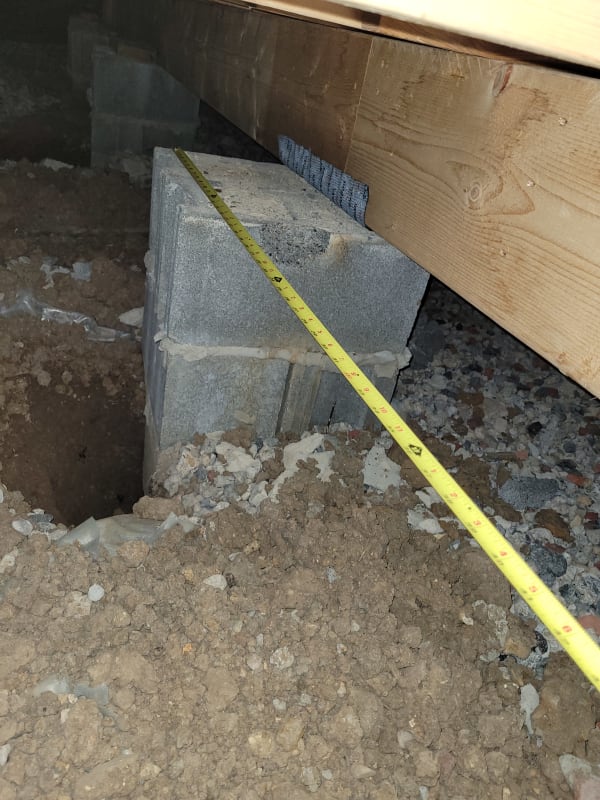Ben29
Structural
- Aug 7, 2014
- 325
I'm pretty sure there is nothing in the code that says you can use TYPAR Flashing Flex Roll in lieu of a 2x PT plate. But if there is, please tell me. Because I have a guy who built a 4,311 SF house on CMU piers without a 2x PT plate and now he needs a structural certification saying its OKAY. ![[nosmiley] [nosmiley] [nosmiley]](/data/assets/smilies/nosmiley.gif)

![[nosmiley] [nosmiley] [nosmiley]](/data/assets/smilies/nosmiley.gif)




